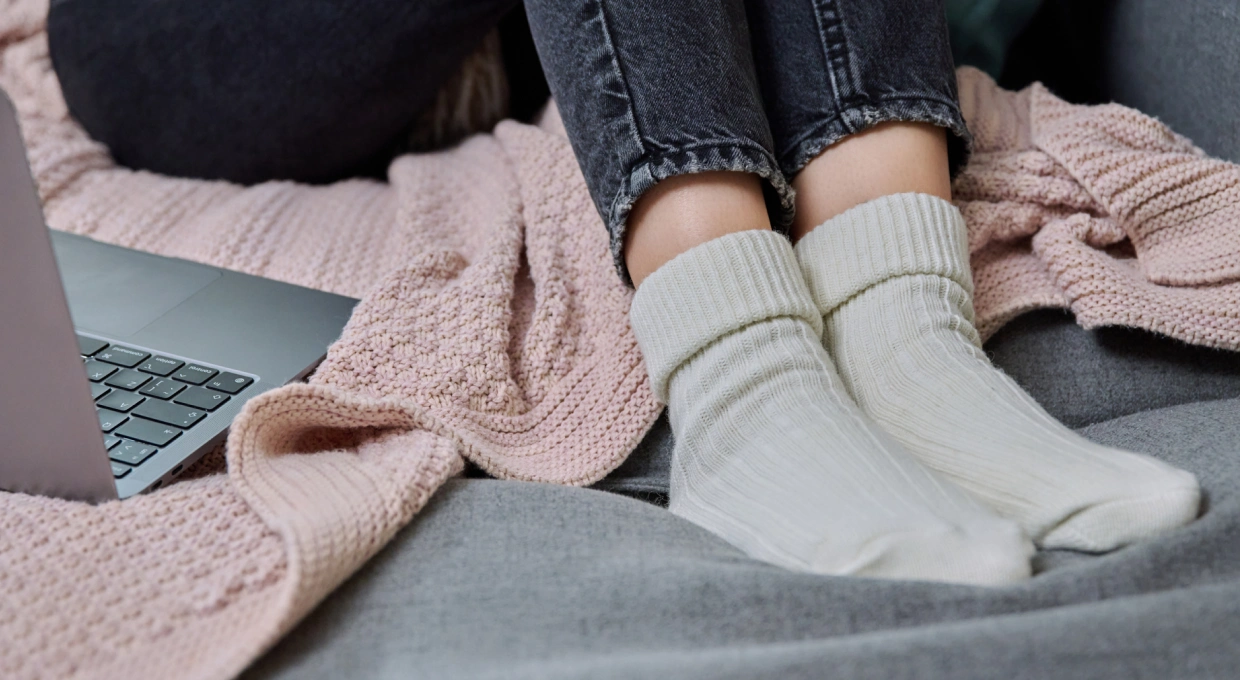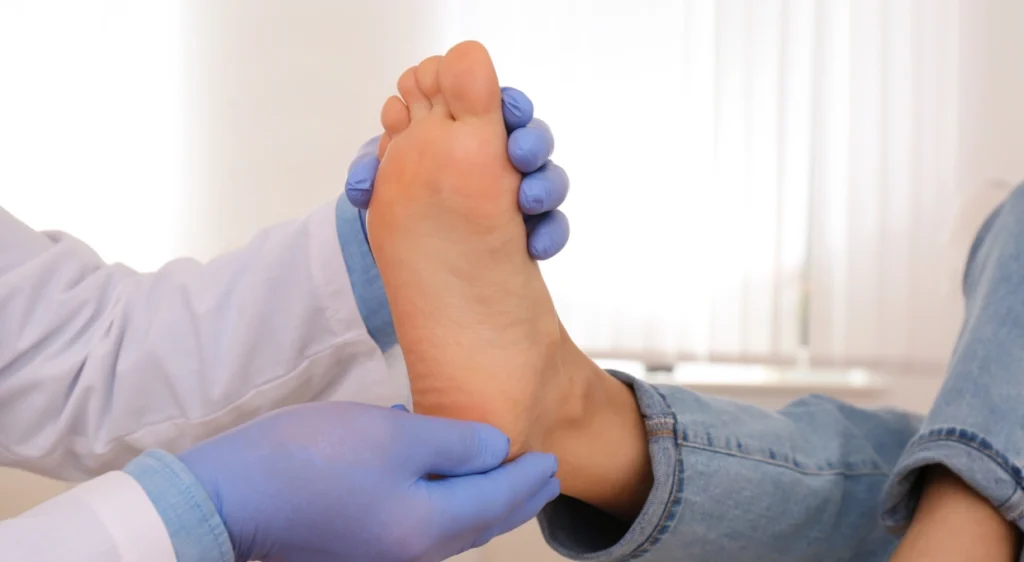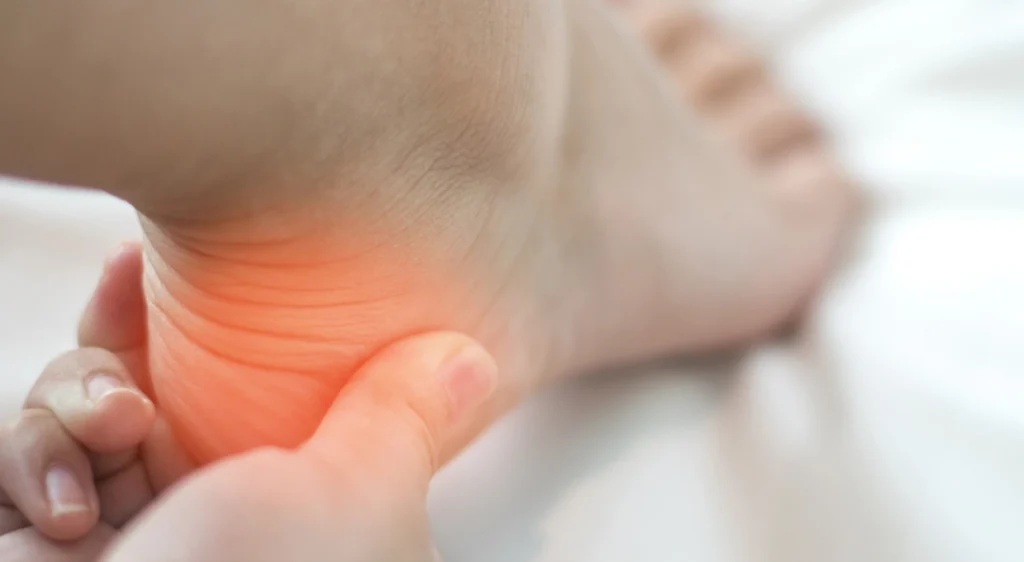Cold feet are a common problem, especially during the winter months. However, this sensation can occur at any time of the year and is not always due to the weather. Cold feet can be a sign of various health problems or simply a result of external factors. Here we will explore the most common reasons behind cold feet and offer you some effective solutions to keep your feet warm and comfortable.
Why do feet get cold?
There are several reasons why you may experience cold feet, and these can range from external factors to more serious health problems. Here are some of the most common causes:
- Poor blood circulation: The most common cause of cold feet is poor blood circulation. When blood flow to the extremities is limited, the feet do not receive enough heat, causing them to become cold. This condition is common in people with heart disease, low blood pressure or those who are immobile for long periods of time.
- Raynaud’s disease: Raynaud’s disease is a condition in which blood vessels in the hands and feet narrow in response to cold or stress, limiting blood circulation and causing the feet to become cold. During a Raynaud’s attack, the toes may turn white or blue and feel numb.
- Anemia: Anemia, a condition in which the body lacks enough healthy red blood cells to carry oxygen, can cause the extremities to become cold. This lack of oxygen in the tissues causes the feet to feel cold, even in warm environments.
- Hypothyroidism: Hy pothyroidism is a condition in which the thyroid gland does not produce enough thyroid hormones, which slows metabolism. One of the consequences of a slow metabolism is the body’s inability to generate enough heat, which can result in cold feet.
- Diabetes: Diabetes can cause diabetic neuropathy, nerve damage that can cause the feet to feel cold. In addition, diabetes can also affect circulation, which contributes to this symptom.
- Anxiety and stress: When you are anxious or stressed, your body goes into a “fight or flight” state. This can cause blood vessels to constrict and redirect blood to vital organs, leaving extremities, such as the feet, with less blood flow and therefore colder.
Solutions to combat cold feet
If you experience cold feet, there are several ways to address it, depending on the underlying cause. Here are some effective solutions:
- Keep your feet warm: Wear socks made of wool or synthetic materials that retain heat. Avoid cotton socks, as they retain moisture, which can cool your feet. During the winter, consider using thermal insoles in your shoes to provide an extra layer of insulation.
- Regular exercise: Staying active improves blood circulation and helps get blood to the extremities. Performing specific foot exercises, such as turning your ankles or wiggling your toes, can increase blood flow and keep your feet warm.
- Hot foot baths: Soaking your feet in hot water is a quick and effective way to warm them up. You can add bath salts or essential oils to improve circulation and relax muscles.
- Avoid prolonged exposure to cold: If you know you will be in a cold environment, be sure to dress appropriately with several layers of insulating clothing and footwear. This will help maintain your body temperature and keep your feet from getting cold.
- Manage stress: Learning stress management techniques, such as meditation, deep breathing or yoga, can help reduce the frequency of anxiety-related cold feet episodes.
- Consult a doctor: If your cold feet are persistent or accompanied by other symptoms, it is important to consult a doctor. Conditions such as hypothyroidism, diabetes or Raynaud’s disease require proper diagnosis and treatment.
Conclusion
Cold feet can be an uncomfortable experience and, in some cases, a sign of an underlying health problem. By understanding the possible causes and applying the right solutions, you can improve circulation and keep your feet warm and comfortable. If the problem persists, don’t hesitate to seek the opinion of a healthcare professional to rule out any more serious conditions.



